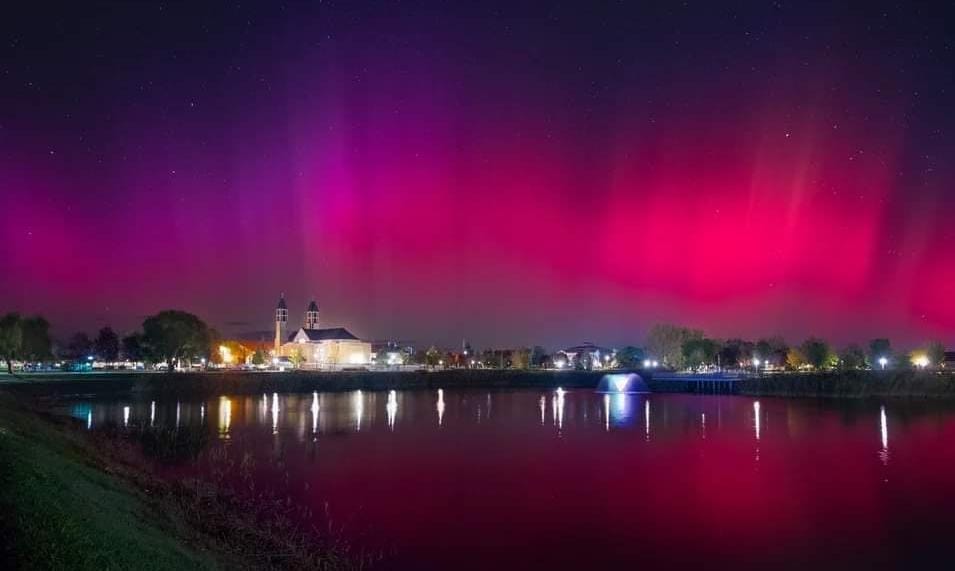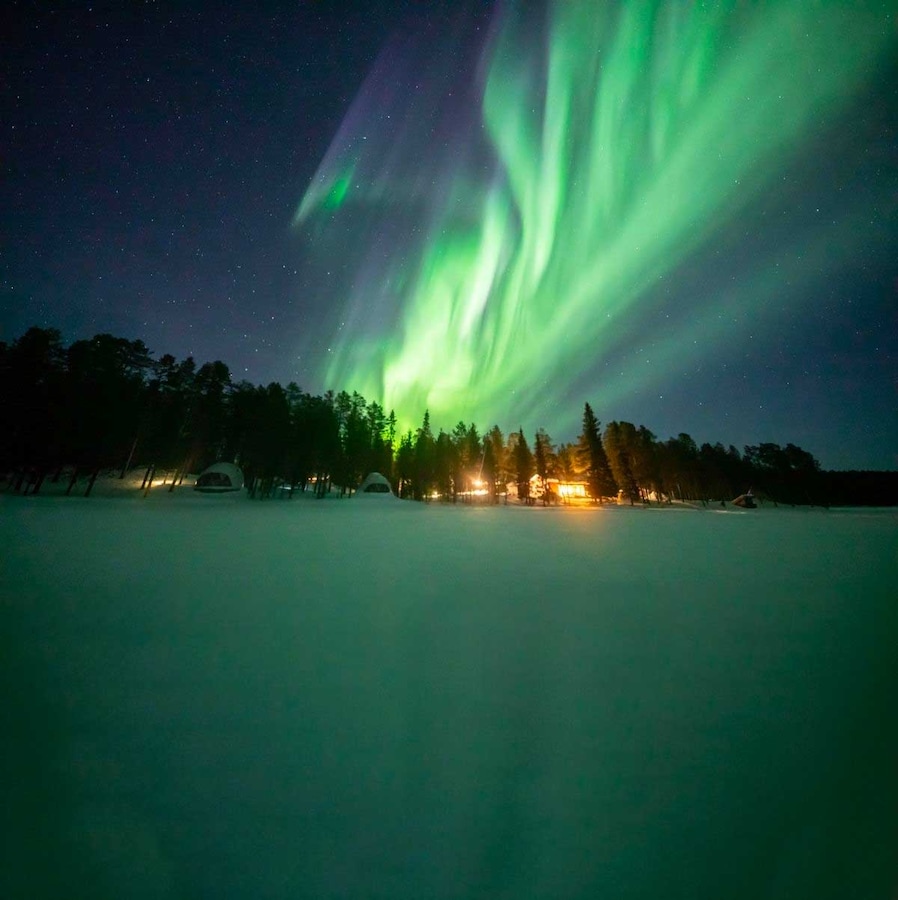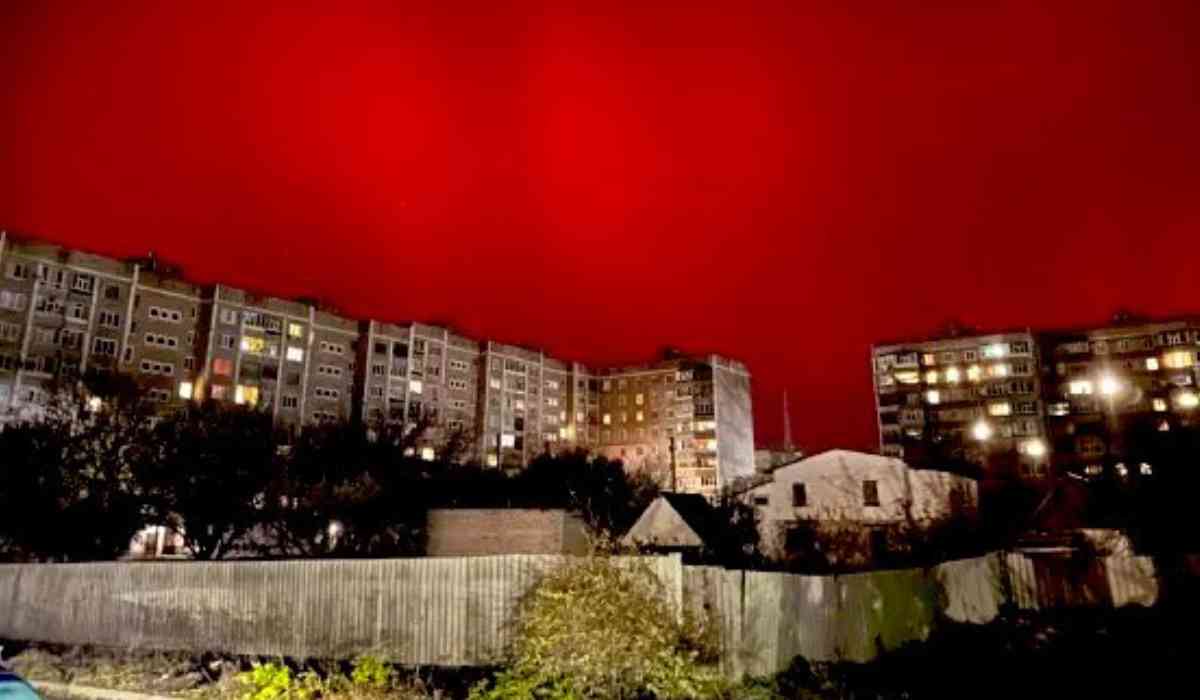In a historic first, Sunday evening brought an awe-inspiring spectacle to Bulgaria as the mesmerizing aurora borealis, commonly known as the northern lights, graced the skies. Northern Lights transformed the Bulgarian sky into a stunning canvas of red, blue, and green.
The radiant red aurora first graced the northeastern skies of Bulgaria before gracefully spreading its ethereal glow across the entire Balkan country, as reported by Meteo Balkans.

This captivating display quickly became a sensation on social media, with photos and videos of the event going viral. Social media was in excitement and wonder, with some describing the pictures of the blood-red sky as "apocalyptic" and "spooky," while others expressed sheer joy at having the privilege of witnessing this extraordinary natural phenomenon.
The northern lights were not limited to Bulgaria alone. Neighbouring countries, Reports indicated that the northern lights also made appearances in neighbouring countries, including Romania, Hungary, the Czech Republic, and Ukraine. Moreover, captivating photographs of the enchanting green and red auroras emerged from as far as Poland and Slovakia. Notably, the United Kingdom experienced similar displays on the preceding Saturday night.
This year seems to be one for the record books when it comes to the aurora borealis. Earlier in the year, the northern lights made their debut appearance in India, particularly in Ladakh. This momentous event thrilled scientists and sky enthusiasts.

The aurora borealis, a natural wonder that has fascinated humanity for centuries, is typically associated with geomagnetic storms resulting from disturbances in the Earth's magnetic field. These disturbances create hours of luminous auroras that can be observed at both high and low latitudes.
While the northern lights are most commonly sighted near the Earth's magnetic north and south poles, known respectively as the aurora borealis and aurora australis, they can occasionally manifest in more temperate regions. This remarkable phenomenon originates from the interaction of solar wind particles from the sun, some of which travel millions of miles before reaching Earth. Earth's magnetic field guides these particles toward the polar regions. While the Northern Lights are commonly associated with the Earth's magnetic poles, where they are respectively referred to as the aurora borealis and aurora australis, their occasional appearance in more temperate regions is indeed a rare treat.
The unique colours of the auroras depend on the specific gas molecules encountered by these solar wind particles in the atmosphere and the locations of these interactions. Oxygen emissions give rise to the characteristic green light, while encounters with nitrogen result in a striking red glow that paints the night sky.
In other parts of Europe, the Northern Lights, also known as the Aurora Borealis, illuminated the skies with vivid shades of blue, green, and red. What truly fascinated skygazers was the unprecedented appearance of the Northern Lights in Bulgaria.
This year promises to be a standout one for the Northern Lights, with expectations of them being more vibrant than they have been in at least a decade, as reported by Reuters, citing a New Scientist magazine report released in September.
PC: X
© Copyright 2023. All Rights Reserved Powered by Vygr Media

























